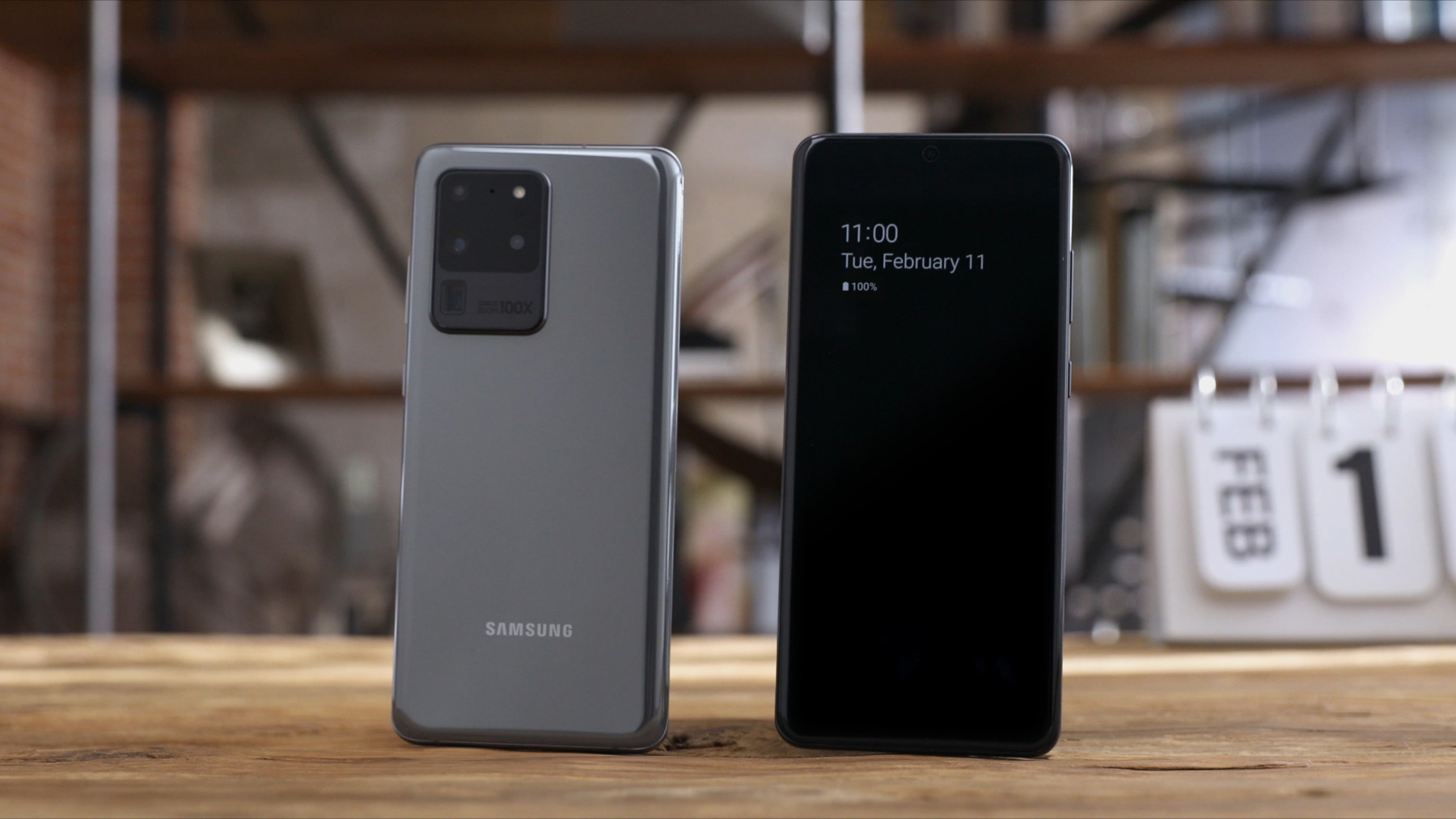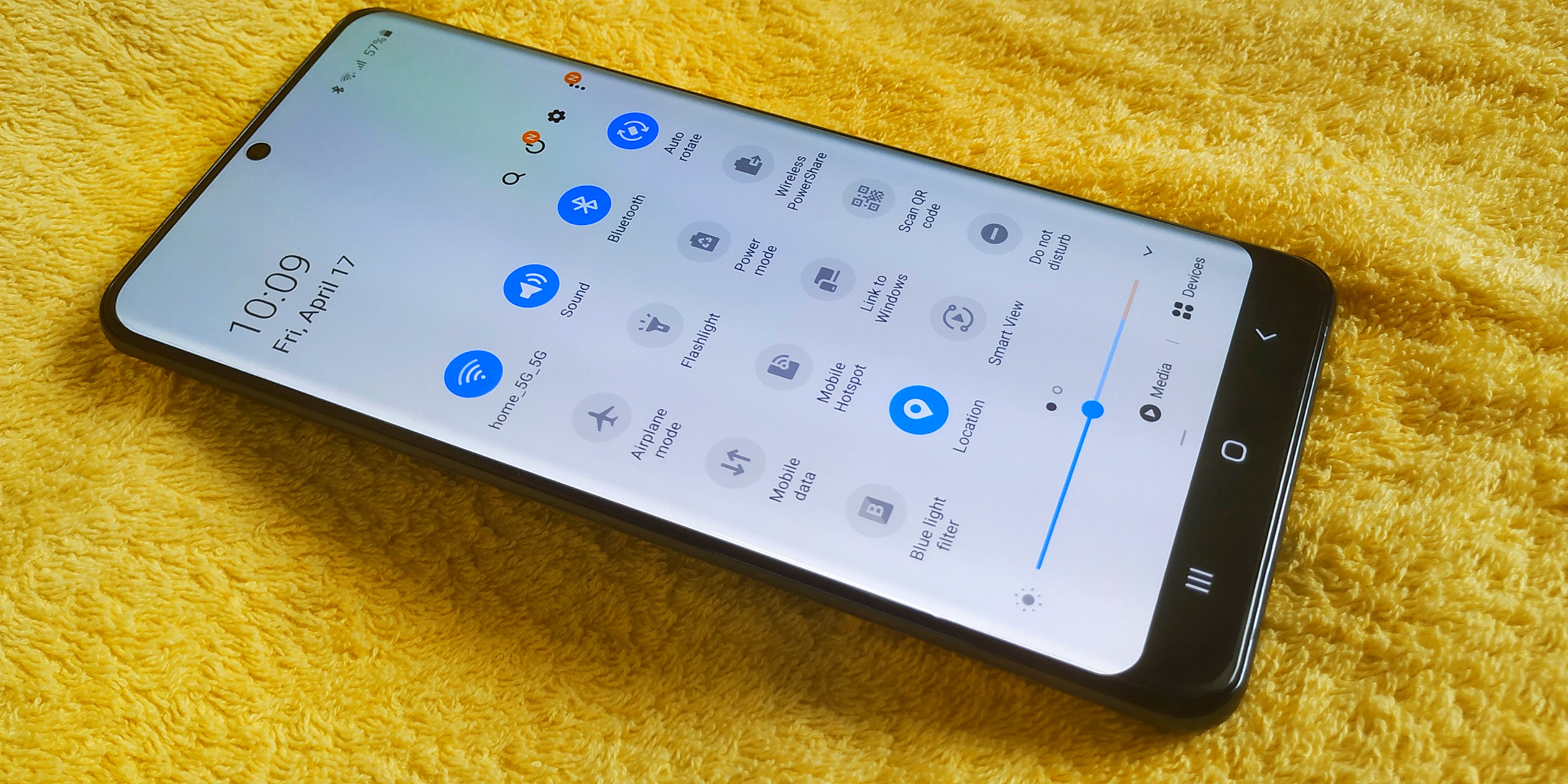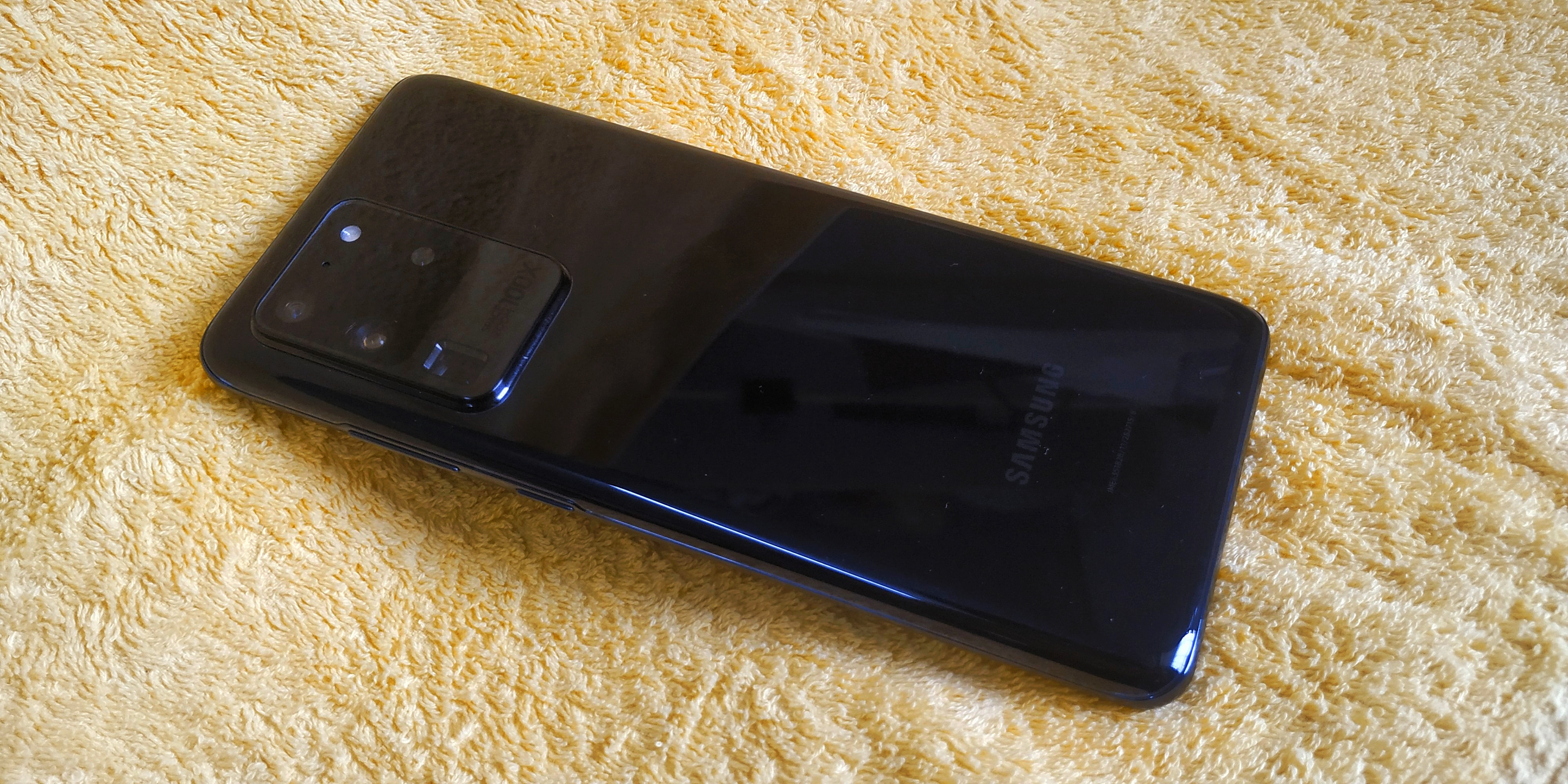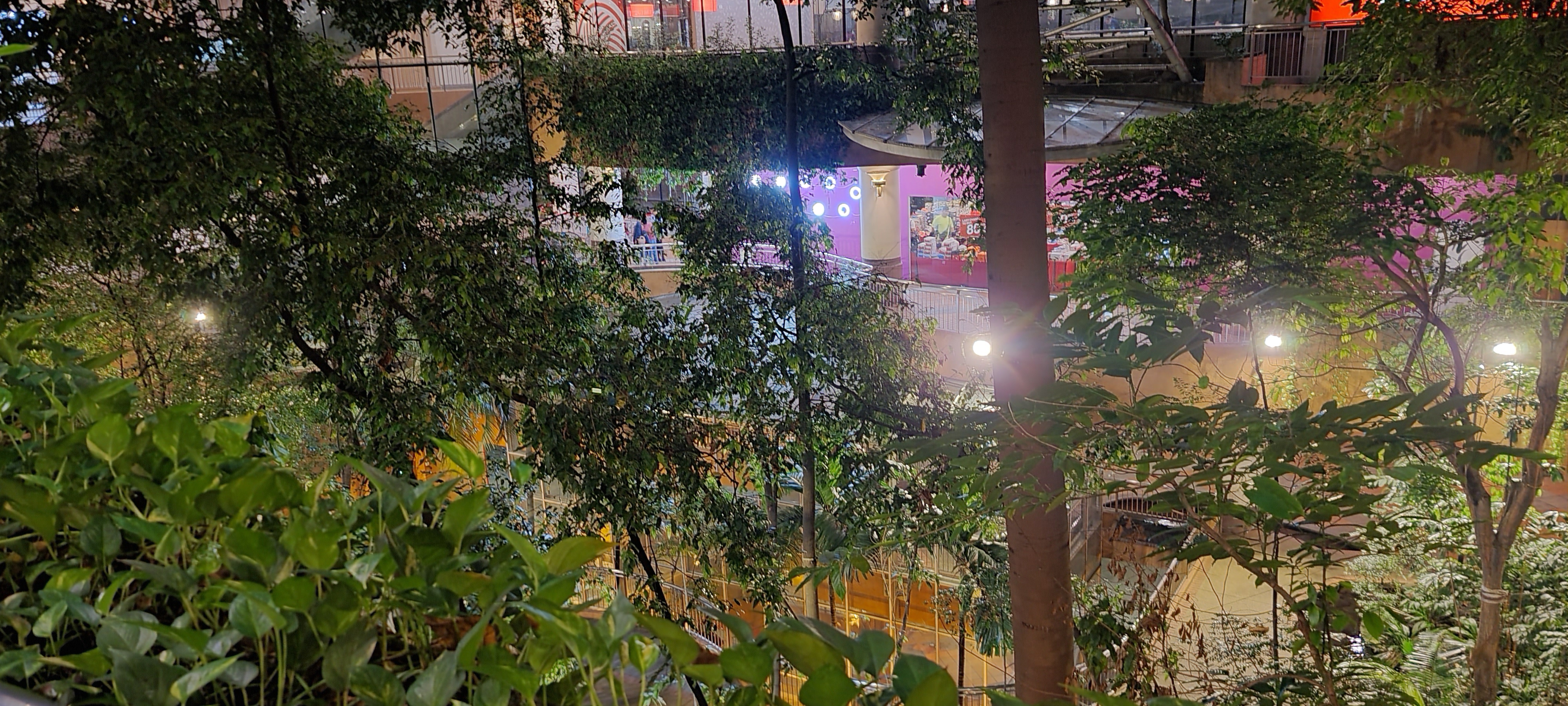Review: Samsung ups its game with the S20 Ultra
By Edwin Yapp April 22, 2020
- Pros: Great battery life, display, and smoothness, all-round performance
- Cons: Expensive, huge and heavy, boring design cues, colour schemes

IF there is one thing you can count on in the world of smartphone electronics, it’s innovation. Just when I thought that Samsung’s S10 and Note series of devices had reached a pinnacle, the South Korean giant releases its Samsung S20 series of smartphones.
READ MORE: Review: The Galaxy S10+, a worthy 10th anniversary champ
The first thing to note in Samsung’s latest is the naming convention. Instead of naming the next iteration of its design as S11, why the need to jump from “11” to “20?” Well according to Samsung, the start of the new decade in the year 2020 means that it’s celebrating 10 years of the “Galaxy” brand. Read for yourself their PR spiel to this effect here.
As far as I’m concerned as a reviewer, naming conventions do not matter. What matters is how the device performs and on a whole, the new S20 packs a powerful upgrade from the S10 from 2019. The review today is on the Ultra version of S20.
Let’s get down to it, and see how much a RM4,999 brick gets you.
Design and build

The S20 Ultra is a humongous device. Just the sheer weight of it – 220g – will tell you this, as I’ve never reviewed any smartphone heavier than 200g. Besides the weight, the other giveaway is its size.
Measuring 166.9 x 76.0 x 8.8mm, the S20 Ultra comes equipped with the best-of-the-best: It has a 6.9-inch quad HD and dynamic AMOLED; Samsung’s 2X Infinity-O Display with a resolution of 3,200x1,440; is HDR10+ certified and supports a 120Hz screen refresh rate.
Optics-wise, it has a rear quad camera, ultra wide 12MP at F2.2; wide-angle 108MP at F1.8 with PDAF and OIS; and a telephoto 48MP at F3.5,with PDAF and OIS. The front camera is a
40MP, with PDAF at F2.2. There is also 8K video recording capability.
What attracted me to review the S20 Ultra was the fact that it claims to support 5G, as well as 12GB RAM with 128GB internal storage. But alas this next generation technology wasn’t available on my test unit as yet.
The S20 is powered by a Qualcomm 865, has a whopping 5,000mAH battery and supports an improved wired charging compatible with QC2.0 and fast wireless charging 2.0.
On the front of the device, you have a pinhole camera for selfies. At the back on the top left corner, you’ll find the quad camera bank. On the right side is the on/off switch and volume control rockers while the top houses the SIM tray.
The on-screen ultrasonic vibration-based fingerprint sensor is found on the bottom half of the screen similar to its predecessor the S10. While I found the scan accurate enough, what I found frustrating was the scanning area is much higher than many other competitors out there.
Thus, it wasn’t easy to locate the scanner especially when the screen is blank and there is no marker to guide you as to where best to land your fingers, unless you first “wake” the screen up.
Though quite fast when it works, there are times I do struggle with the accuracy of the scan, especially if your hands are damp after, say, a workout, or after washing them.
The one thing that struck me though about the S20 Ultra was that it was too “plain Jane’ to me. Other reviewers have also made such remarks, noting that the S20 Ultra is pretty unspectacular when it comes to its design and colour choice. For the most part, it’s a rectangular piece of electronic slab.
Also, the bank of four cameras isn’t too inspiring either (see below). But then again, even the venerable Apple iPhone 11 bank of camera design ain’t great too, IHMO. The colour choice is also not great compared to what Samsung offered with the S10. With the S20 Ultra, you have only the Cosmic Black and the Cosmic Grey.
The plain looking design is however compensated by its display quality. When I first reviewed last year’s S10, I made a comment that images on it were “gorgeous,” but boy, is this screen even better than the S10’s. Colours were extremely vibrant, images were sharp and just popped up at you and the contrast was excellent. Even the standard, mundane-looking icons on the home screen seemed livelier.
The main upgrade in the S20 series of smartphones is the 120Hz refresh rate – the number of times the display is refreshed per second – of the display, up from 60Hz for the S10 and most of 2019 released smartphones.
The effect of this is to give the perception that everything runs faster and the feel of your touches on the screen is smoother. However, do note that to make this work you’ll need to be on FHD resolution and not on WQHD. The reason for this? Running at 120Hz saps the battery and it wouldn’t be optimum to run 120Hz refresh rate at WQHD resolutions.
Other points to note: there isn’t a 3.5mm headphone jack but you have a USB-C headphone converter should you need to use your wired headphones. Bluetooth wireless headphones are of course doable.

Features and performance
The first thing to note about the S20 is that its performance is almost flawless. The speed and response at which everything runs is fantastic. Much of it has to do with the 120Hz refresh rates but thanks also to the Qualcomm 865, 12MB of memory, the device is a great performer.
The objective Geekbench scores also attest to this. Single-core numbers came in at 878 (average for other S20s is 810) while multi-score came in at 2,726 (average for other S20s is 2,698).
Playing games was also a breeze. Using my standard game, Asphalt, to test for response led me to believe that it can handle most games thrown at it.
Battery life was another great point, but only if you set it correctly. As mentioned before, the S20 supports 120Hz refresh rate, which is great for performance but the tradeoff is obviously battery life.
At 120Hz at FHD resolution, going a full day with the usual WiFi and mobile data, a few spots of games, music playback, camera and video recording, playing YouTube videos, the Note 10+ and constant use of email and browser plus the tethering of mobile data to my laptop, the unit still had about 15% to 20% of juice left in it.
Watching a standard 90 minute Netflix movie on full screen brightness and volume sapped about 15-16% of battery life, which isn’t bad. When switching over to 60Hz at WQHD however, battery life was boosted by about 40% to 50%, enabling me to cross over the 36 to 40 hour mark, depending on what I did with the phone.
When recharging, the stats were also as impressive. I went from 1% to 64% in 30 minutes, and up to 100% in another 30 minutes. The S20 is equipped with wireless Qi charging capabilities as well as reverse charging – charging devices such as a battery pack – but as useful as these features are, I didn't test them as you’ll need to buy them as separate accessories.
Samsung’s new UI, dubbed the One UI 2.1 and based on Android 10, ran pretty smoothly. That said, navigating around takes time as there are so many sub-menus to have to deal with, and this could be a tad frustrating. Sound-wise was also pretty good, with the bass loud enough when watching shows and playing games, courtesy of the stereo speakers tuned by AKG.
Camera and video

This is one area that Samsung does so well that, at first I thought it would be the victim of its own success. How does one improve on an already great camera that exists on the S10+ and Note 10+?
Well, to my surprise, Samsung did just that. Taking pictures with the S20 Ultra was a breeze. Just point and click and the pictures would just come up in the most vivid of ways. I’m no professional photographer, but then again when using the S20, you don’t have to be.
Under the hood, there is a base 12MP camera, which is good enough for most shots. There is however the option to go up to a full 108MP shot thanks to some nifty electronics. But in most cases, hovering around 12MP to 48MP would be good for most shots.

The zoom function on the S20 Ultra is expansive. You can zoom at 0.5x, 1x, 2x, 4x, 5x, 10x, 30x, and even a whopping 100x, just by clicking the on-screen buttons or via a slider. That said, don’t get carried away by the numbers.
The S20 Ultra only has true optical zoom up to 4x; the higher the numbers go, digital manipulation will come into play, as the unit boasts of an AI-powered, multi-image processing.
I found that for the most part, going up to 10x is about acceptable; from 30x upwards to 100x, the shots aren’t as clear as they could be.

When it comes to low light performance, it performed well.. There isn’t much noise pickup with the S20 Ultra, as you normally get with other rivals. There are a few extra modes that Samsung has included in its flagship device such as the ‘Night Mode’ and the ‘Night Hyperlapse’.

One interesting mode is the ‘Single Take’ mode. Think of it as an ‘all-in-one’ shot taking mode, especially if you can’t decide whether you should take a still photo or a video and if you should do so in tele, normal or wide modes.
With one click on the Single Take mode, the S20 Ultra will cycle through and take a variety of photos and videos at different focal lengths, so you will be able to see your pictures in ultra-wides, portraits, hyperlapse video, regular video, live focus, cropped, or ultra-wide shots. Not every shot is perfectly taken but you can pick the one that works best for you.
As for video, the S20 Ultra boasts of 8K video recording but practically, such a high resolution recording isn’t useful as most TVs only support 4K video. So I found that it’s best doing 4K recording at 60 frames per second (fps), which I feel is the most optimum setting.
One final thing I’ve noticed about the camera and video recording – the unit I had runs quite hot when using these apps. I’m not sure what’s the reason for this and it may only be my unit but buyers should take note of this.
Final take
Design-wise, the S20 Ultra is solidly built. As its name implies, this device is really for the hardcore smartphone users who want the more extreme specifications. Compared to its siblings the S20 and the S20+, the S20 Ultra has more differences than similarities.
All three of the S20 series of phones sport the overall look, processor and 120Hz Infinity-O display, and that’s about it. If I had my pick, I’d rather go for the S20+ because it’s more manageable size-wise and is of course cheaper to buy at a grand less (RM3,999) than the S20 Ultra.
Besides the larger battery life, greater screen size and different camera capabilities, I think the sweet spot for the S20 series of smartphones lie with the S20+. The S20 Ultra will soon support 5G, but truthfully, 5G is a ways off in Malaysia, so my advice is that you can wait.
Shoppers could wait if you’ve invested in the S10 or the Note10, but if you’re an owner who is a generation behind (S9 or equivalent), then perhaps the S20 or S20+ is an option for you. Unless you’re a hardcore user, the S20 Ultra is really for only for the ‘ultras.’
Rival handsets in this range include the recently launched Huawei P40 and the up-and-coming OnePlus 8 or 8 Pro.
Related Stories :


